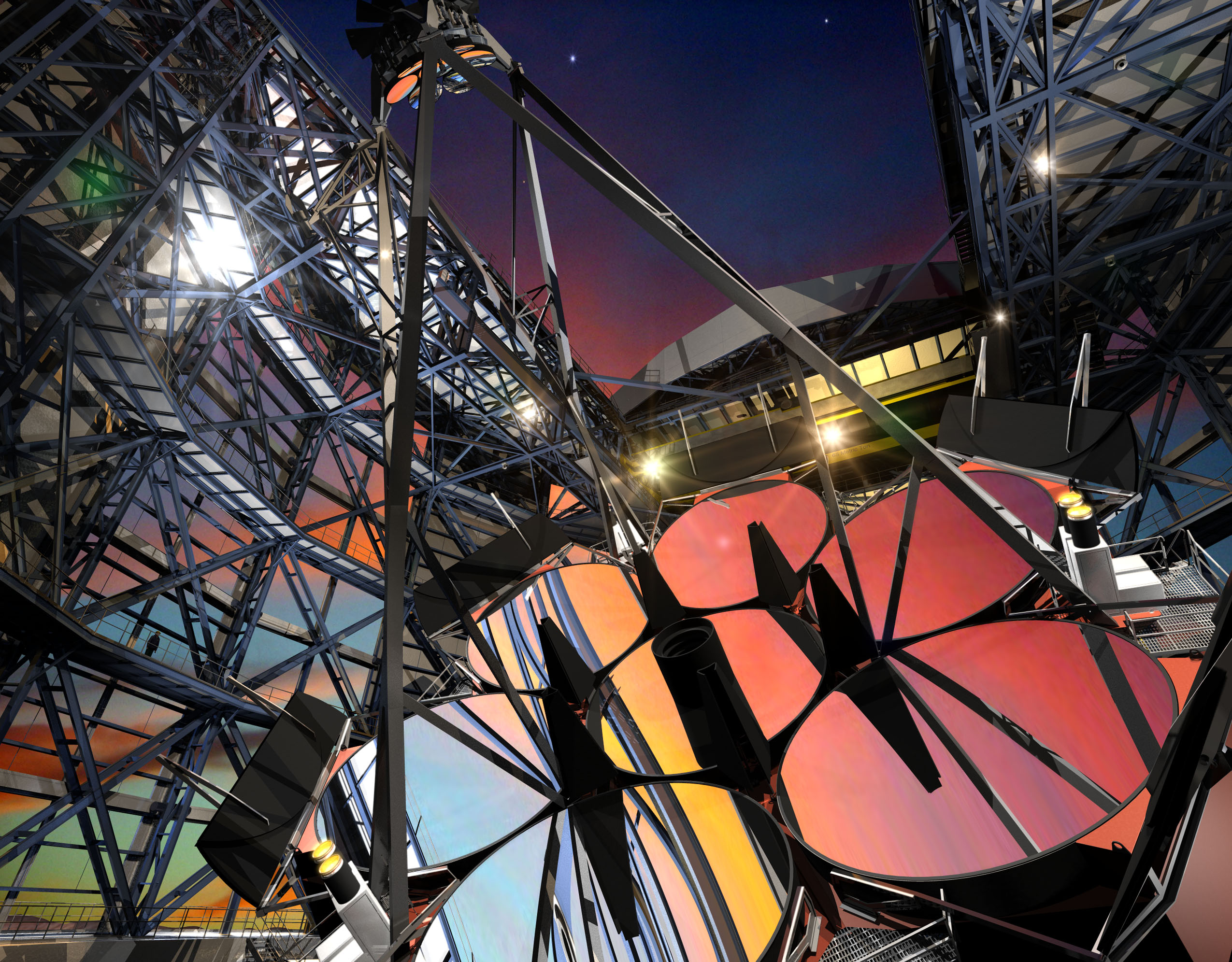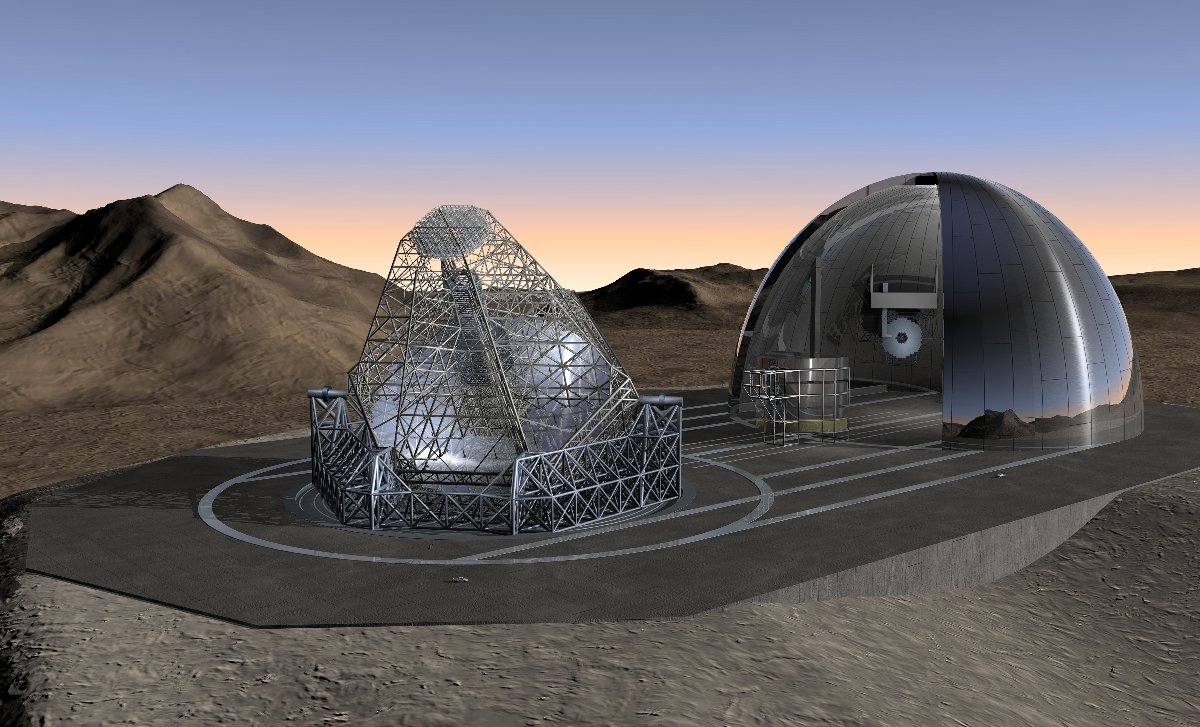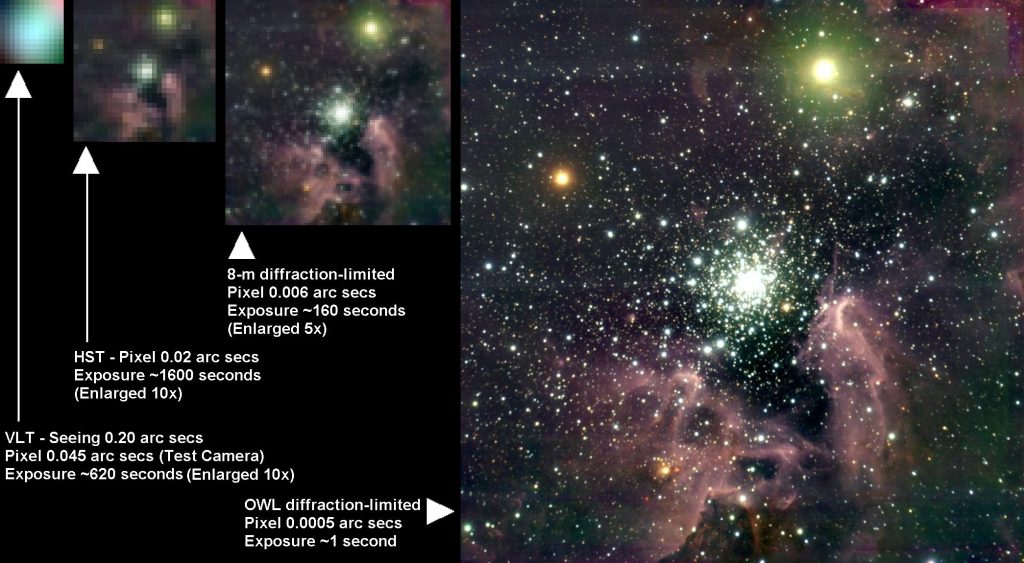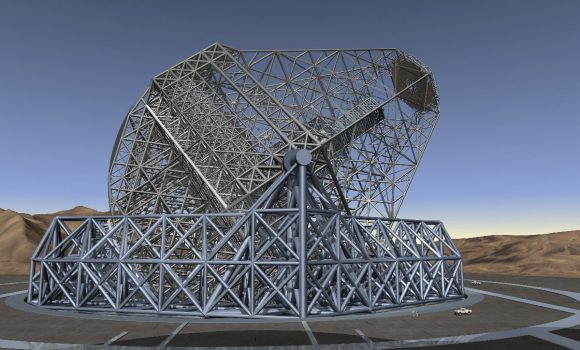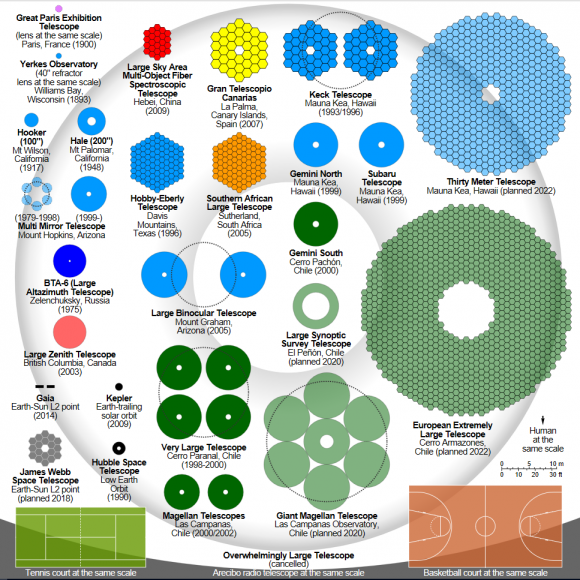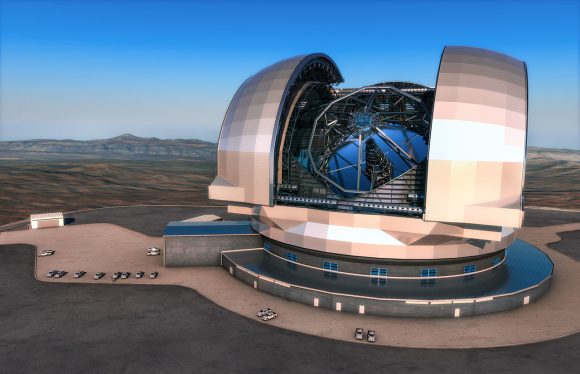One night 400 years ago, Galileo pointed his 2 inch telescope at Jupiter and spotted 3 of its moons. On subsequent nights, he spotted another, and saw one of the moons disappear behind Jupiter. With those simple observations, he propelled human understanding onto a path it still travels.
Galileo’s observations set off a revolution in astronomy. Prior to his observations of Jupiter’s moons, the prevailing belief was that the entire Universe rotated around the Earth, which lay at the center of everything. That’s a delightfully childish viewpoint, in retrospect, but it was dogma at the time.
Until Galileo’s telescope, this Earth-centric viewpoint, called Aristotelian cosmology, made sense. To all appearances, we were at the center of the action. Which just goes to show you how wrong we can be.
But once it became clear that Jupiter had other bodies orbiting it, our cherished position at the center of the Universe was doomed.
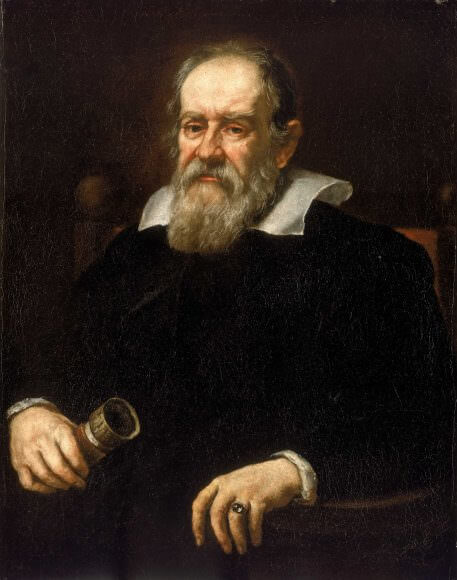
Galileo’s observations were an enormous challenge to our understanding of ourselves at the time, and to the authorities at the time. He was forced to recant what he had seen, and he was put under house arrest. But he never really backed down from the observations he made with his 2 inch telescope. How could he?
Now, of course, there isn’t so much hostility towards people with telescopes. As time went on, larger and more powerful telescopes were built, and we’ve gotten used to our understanding going through tumultuous changes. We expect it, even anticipate it.
In our current times, Super Telescopes rule the day, and their sizes are measured in meters, not inches. And when new observations challenge our understanding of things, we cluster around out of curiosity, and try to work our way through it. We don’t condemn the results and order scientists to keep quiet.
The first of the Super Telescopes, as far as most of us are concerned, is the Hubble Space Telescope. From its perch in Low Earth Orbit (LEO), the Hubble has changed our understanding of the Universe on numerous fronts. With its cameras, and the steady stream of mesmerizing images those cameras deliver, a whole generation of people have been exposed to the beauty and mystery of the cosmos.
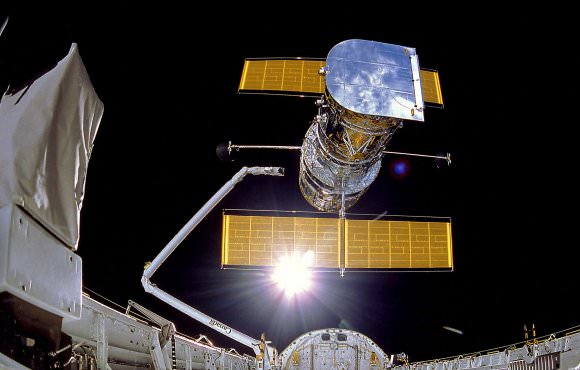
Hubble has gazed at everything, from our close companion the Moon, all the way to galaxies billions of light years away. It’s spotted a comet breaking apart and crashing into Jupiter, dust storms on Mars, and regions of energetic star-birth in other galaxies. But Hubble’s time may be coming to an end soon, and other Super Telescopes are on the way.
Nowadays, Super Telescopes are expensive megaprojects, often involving several nations. They’re built to pursue specific lines of inquiry, such as:
- What is the nature of Dark Matter and Dark Energy? How are they distributed in the Universe and what role do they play?
- Are there other planets like Earth, and solar systems like ours? Are there other habitable worlds?
- Are we alone or is there other life somewhere?
- How do planets, solar systems, and galaxies form and evolve?
Some of the Super Telescopes will be on Earth, some will be in space. Some have enormous mirrors made up of individual, computer-controlled segments. The Thirty Meter Telescope has almost 500 of these segments, while the European Extremely Large Telescope has almost 800 of them. Following a different design, the Giant Magellan Telescope has only seven segments, but each one is over 8 meters in diameter, and each one weighs in at a whopping 20 tons of glass each.
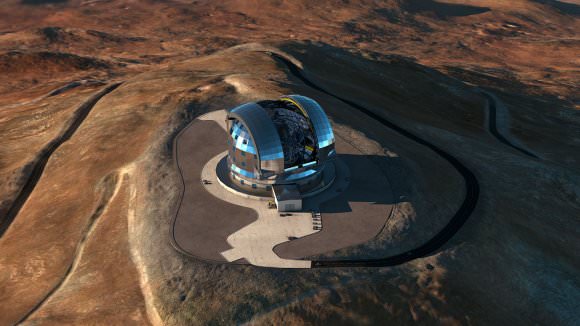
Some of the Super Telescopes see in UV or Infrared, while others can see in visible light. Some see in several spectrums. The most futuristic of them all, the Large Ultra-Violet, Optical, and Infrared Surveyor (LUVOIR), will be a massive space telescope situated a million-and-a-half kilometers away, with a 16 meter segmented mirror that dwarfs that of the Hubble, at a mere 2.4 meters.
Some of the Super Telescopes will discern the finest distant details, while another, the Large Synoptic Survey Telescope, will complete a ten-year survey of the entire available sky, repeatedly imaging the same area of sky over and over. The result will be a living, dynamic map of the sky showing change over time. That living map will be available to anyone with a computer and an internet connection.
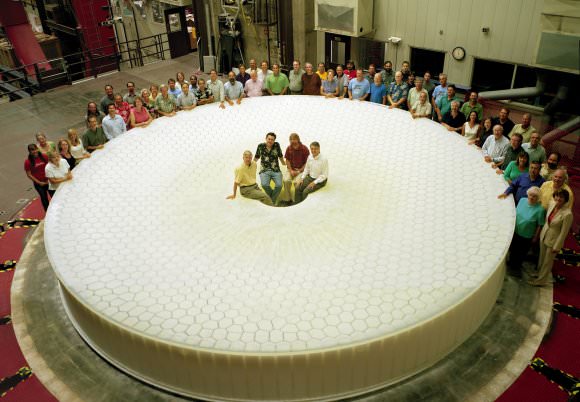
We’re in for exciting times when it comes to our understanding of the cosmos. We’ll be able to watch planets forming around young stars, glimpse the earliest ages of the Universe, and peer into the atmospheres of distant exoplanets looking for signs of life. We may even finally crack the code of Dark Matter and Dark Energy, and understand their role in the Universe.
Along the way there will be surprises, of course. There always are, and it’s the unanticipated discoveries and observations that fuel our sense of intellectual adventure.
The Super Telescopes are technological masterpieces. They couldn’t be built without the level of technology we have now, and in fact, the development of Super Telescopes help drives our technology forward.
But they all have their roots in Galileo and his simple act of observing with a 2-inch telescope. That, and the curiosity about nature that inspired him.

